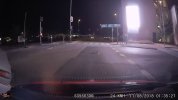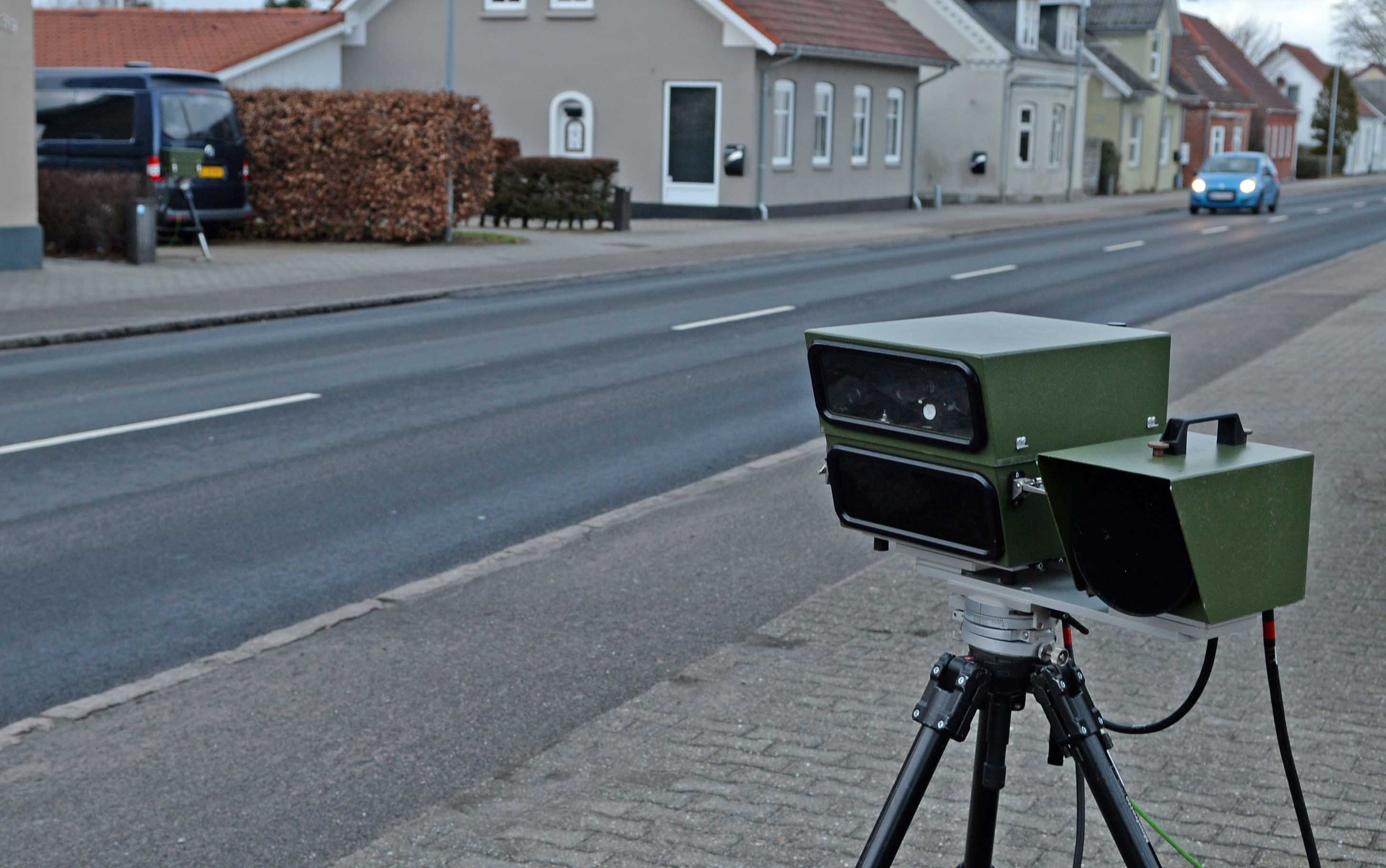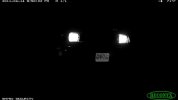My solution to parking is to record continuously, which a few cams do reliably although none are designed for that. There are a few things against this approach, but they can be managed. First is that if there is an incident you will have to see the damage before the needed recording is overwritten which means a large card will be needed. A BDP (battery discharge preventer) isn't a bad idea but I have no problems as long as the vehicle doesn't sit undriven for more than about two days. This will reduce the lifespan of the car battery, which is not designed for long low current discharging, but again my experiences over about 4 years show no real problems with that yet. In your winter cold, that might be different for you. And if something does happen, you might be stuck viewing long hours of recording before you find the incident. The upside is that with constant recording, you miss nothing and will see every event as long as you get to it in time.
Most dashcams have a "G-sensor" feature which detects impacts and locks that file against being overwritten. But many if not most of these do not function very well, either by not activating as expected or by being too sensitive and filling the card with locked files in normal driving. There is limited adjustment for this feature which often just doesn't give you the range of adjustment you need.
Having said all this, I must say that my B1W works in this fashion with aplomb and total reliability as long as you clear the G-sensor locked files every month or two. There are better cams for low-light conditions but this one does that job quite well, especially considering the cost. And it has the lowest current draw of any dashcam on the market today, making it what I feel is as ideal a choice for your needs as there can be found on the market today. You'll need a smartphone or tablet to use it as all the settings are accessed via WiFi but you've probably got that covered already. With a 64GB card you get about 8 1/2 to 9 hours recording time which for me is just enough to cover the time when I'm not aware of what is going on around my vehicle. I think some folks have found larger cards which work in this cam, but those are a bit too pricey for me. Samsung EvoPlus works well and is discounted on Amazon, it is currently the one I prefer in all but one of my various cams.
Once you discover the peace of having a dashcam, you'll likely not want to drive without one afterward, but that's not a bad thing at all.
Phil




